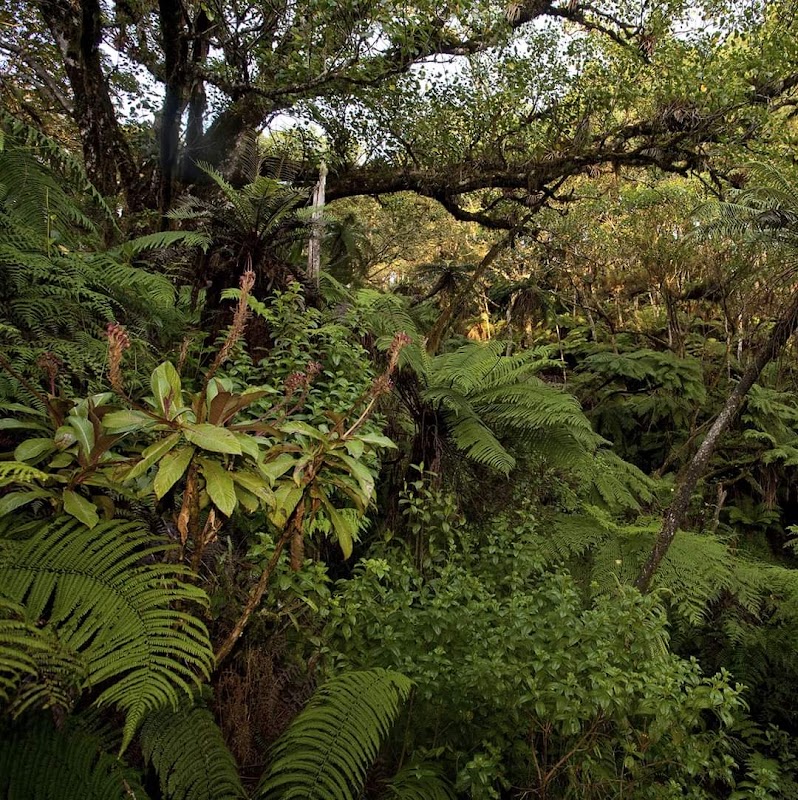
Jacmel Carnival in Haiti’s Sud-Est region bursts into life every February, offering a raw and colorful celebration of culture and history. This vibrant festival invites visitors to engage with rich traditions, fierce artistry, and the spirited pulse of a town alive with rhythm and color.
Dress for Movement and Comfort
Wear sturdy shoes to navigate uneven cobblestone streets and light clothing to handle the Caribbean heat during long days of festivities.
Hydrate Often
February can be sunny and warm; carry water to stay hydrated amidst hours of walking and dancing.
Arrive Early for Best Experience
The best views and detailed costume appreciation happen before the crowds fully descend—plan to get in position early.
Respect Local Customs and Space
Photography is welcome but ask permission if focusing on individuals, and avoid blocking performers or processions.
Unmasking Jacmel Carnival: Haiti’s Vibrant February Festival of Colors and Culture
Every February, Jacmel, a coastal town in Haiti’s Sud-Est region, transforms into a living canvas of colors, sounds, and rhythms during its Carnival. The Jacmel Carnival is far from a simple parade; it’s an immersive experience that demands both your senses and your spirit. Streets pulse with drums that dare the ocean breeze to keep pace, while masks carved from papier-mâché lean into stories of folklore and rebellion. This isn’t just a show—it’s a celebration fiercely itself, both wild and rooted in deep cultural heritage.
Unlike more commercialized carnivals, Jacmel’s event retains an authentic edge. Each troupe moves through the town’s boulevards with purpose, their costumes reflecting local artistry and the island’s history. Masks often depict local legends, political satire, or nature spirits, inviting observers into a dialogue of identity and expression. If you’re planning to be part of this, expect crowds that cheer with abandon and a festival that pushes forward like the currents of the Caribbean Sea.
Jacmel itself is a practical base for the festival. Historic architecture and a slower pace offer a necessary counterbalance to the Carnival’s chaos. Streets can be uneven, so sturdy footwear is non-negotiable. The festivities often begin in the afternoon and extend into the night, so hydration and sun protection are key.
For visitors, timing your day is crucial. Arrive early to catch the detailed costumes and vibrant street art before the full mad rush takes over. Local vendors provide nourishing options reflecting Haitian flavors, a practical boost between watching the various dance rituals and live music performances.
Preparation pays off: a modest backpack with water, sunscreen, and a camera will let you move freely while capturing fleeting moments of this fiercely vibrant tradition. Respect the environment and local customs—engagement here is as much about presence as participation. The Jacmel Carnival is a celebration deeply connected to the town's spirit; it can’t be hurried or forced, only experienced.
For adventurers willing to meet the celebration head-on, Jacmel Carnival offers a doorway into one of Haiti’s richest cultural expressions. It invites you not only to witness but to feel the pulse of community, resistance, and creativity dancing through every street corner.
Nearby Trips
All Adventures
Boat Charters
Water Activities
Adventures near Jacmel, Sud-Est
Discover the unique and memorable adventures that make Jacmel, Sud-Est special.
Frequently Asked Questions
What is the historical significance of Jacmel Carnival?
Jacmel Carnival dates back over a century and embodies Haiti’s blend of African, French, and Taino heritage. It originally served as a moment of resistance and cultural expression through masquerade and satire during colonial and post-colonial eras.
Are the costumes handmade locally?
Yes, most costumes are handcrafted by local artisans, often using papier-mâché and recycled materials. Designs reflect social commentary, folklore, and Haitian spiritual themes.
How crowded does Jacmel get during the festival?
The town draws thousands of locals and visitors, especially around the main parade days. Streets can become densely packed, so prepare for limited personal space and slower movement.
Are there any lesser-known spots to view the carnival?
Some quieter balconies and café rooftops near the central square provide elevated perspectives away from dense crowds. Ask locals for access to these hidden vantage points.
What wildlife might you see during Jacmel Carnival?
While the focus is urban, you may spot coastal seabirds or colorful tropical butterflies on Jacmel’s fringes, especially around quieter moments outside the festival cores.
Is the event family-friendly?
Yes, though the crowds and noise might overwhelm very young children. Families with older kids who can handle excitement and some pushing will find it rewarding and educational.
Recommended Gear
Sturdy Walking Shoes
Protect your feet against uneven cobblestone streets and provide support for several hours of walking and standing.
Reusable Water Bottle
Maintains hydration throughout the festival’s long hours under the sun.
Lightweight Sun Hat
Offers shade and protects against sunburn during midday festivities.
Compact Backpack
Convenient for carrying water, sunscreen, camera, and small purchases without restricting movement.
Local Insights
Hidden Gems
- "Balcony views on Rue du Quai for discreet carnival watching"
- "The Paper Museum showcasing traditional papier-mâché techniques"
- "Quiet beachfronts east of Jacmel for reflection after festival days"
Wildlife
- "Tropical butterflies near carnival outskirts"
- "Coastal birds such as brown pelicans and herons"
History
"Jacmel’s carnival is rooted in a history of cultural resistance and community expression, reflecting Haiti’s struggles and triumphs through satire and art dating back to the colonial period."
